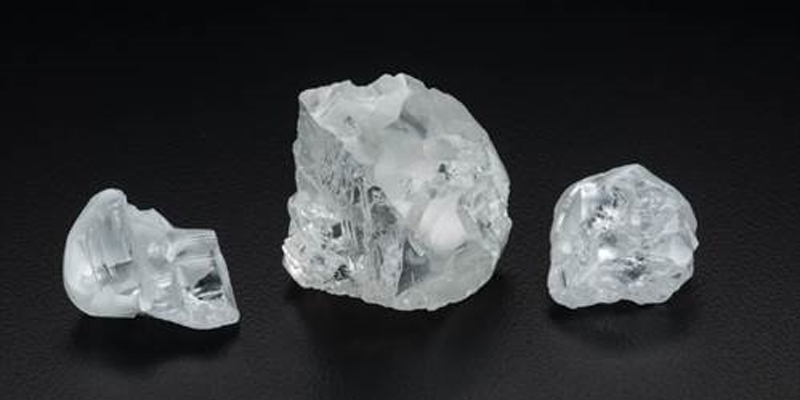Large, rare diamonds offer a window into the inner workings of Earth’s mantle
by emily_smibert | December 21, 2016 8:50 am

A group of researchers led by Gemological Institute of American (GIA) postdoctorate research fellow, Evan Smith, have discovered small metallic inclusions—or internal characteristics—trapped within them. These metallic inclusions coexist with small amounts of fluid methane and hydrogen, and if formed at extreme depths, some exceptional diamonds may include mineral inclusions.
“Some of the world’s largest and most valuable diamonds, like the Culling or Lesotho Promise, exhibit a distinct set of physical characteristics that have led many to regard them as separate from other, more common diamonds,” says Dr. Wuyi Wang, GIA’s director of research and development, and author of the study. “However, exactly how these diamonds form and what they tell us about the Earth has remained a mystery until now.”
Metallic inclusions are a solidified mixture of iron, nickel, carbon, and sulfur, with the traces of fluid methane and hydrogen in the tiny space between the metallic phases and the encased diamond. As diamonds grow, small droplets of this metallic liquid might be trapped.
“This new understanding of these large, type IIa diamonds resolves one of the major enigmas in the study of diamond formation— how the world’s largest and most valuable diamonds formed,” says Smith. “The composition of the inclusions, however, provides the story.”
Source URL: https://www.jewellerybusiness.com/news/large-rare-diamonds-offer-a-window-into-the-inner-workings-of-earths-mantle/